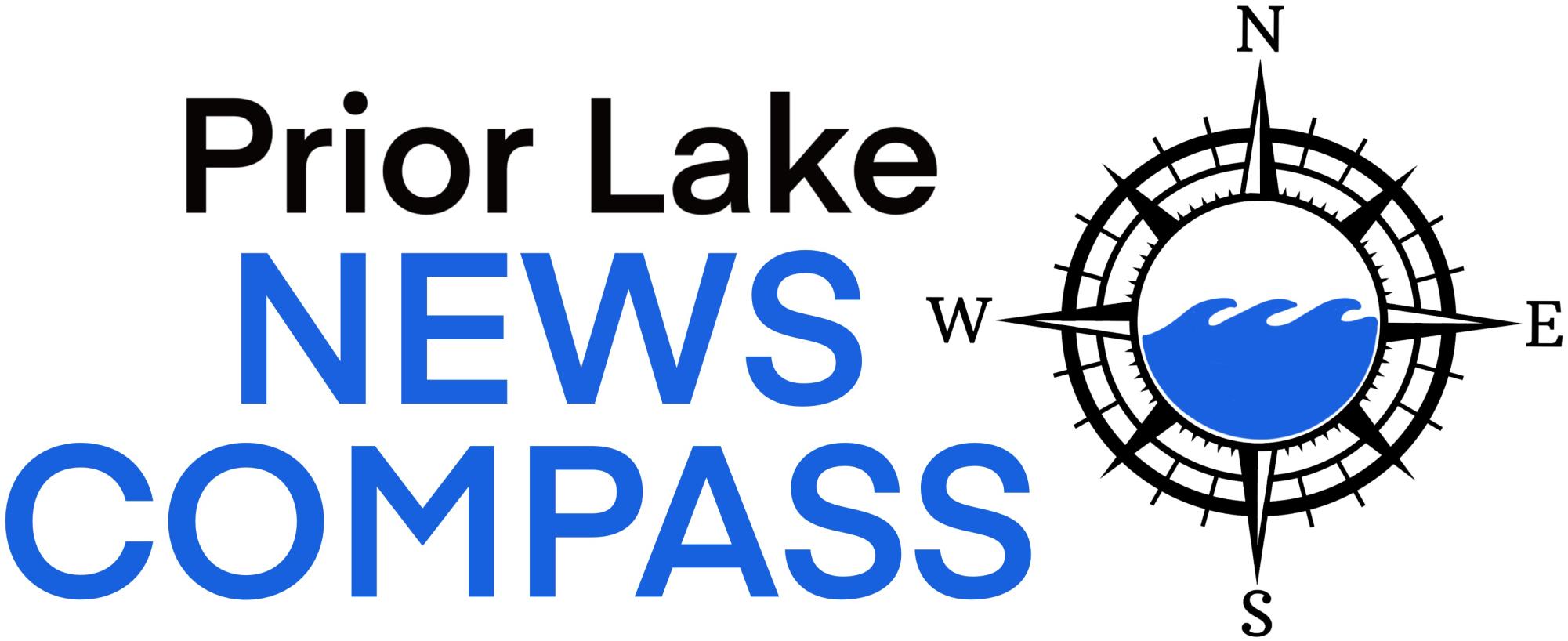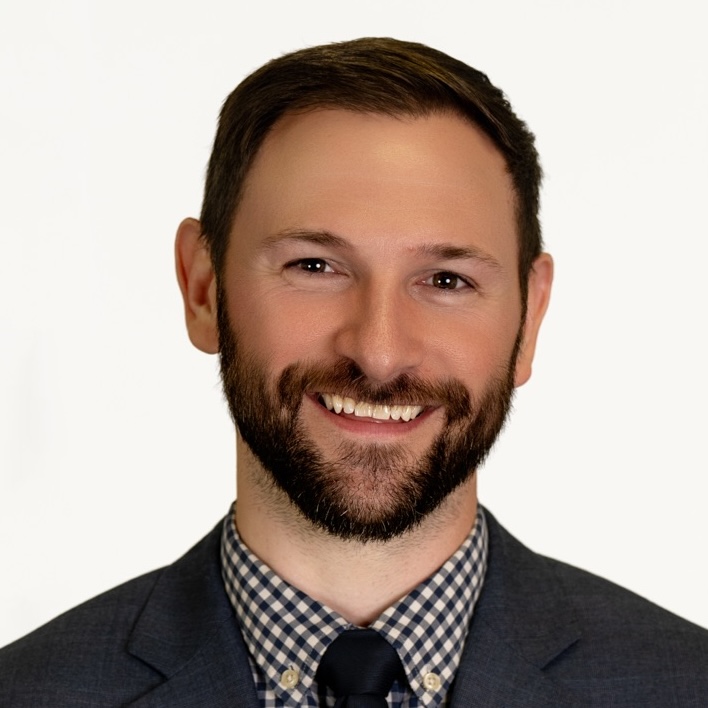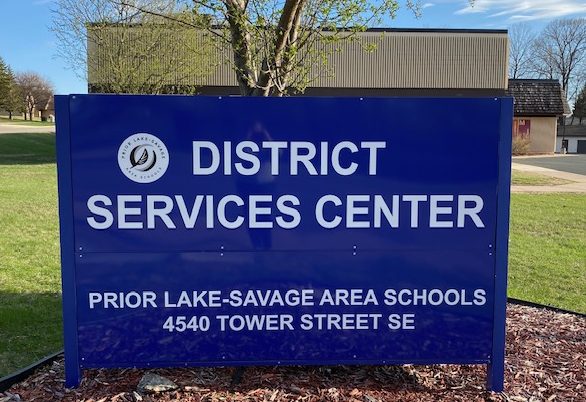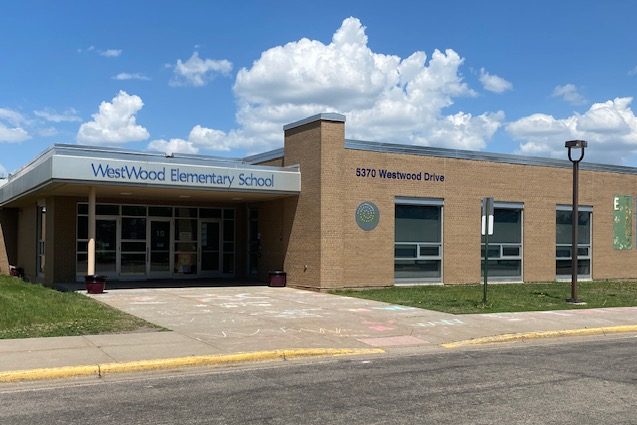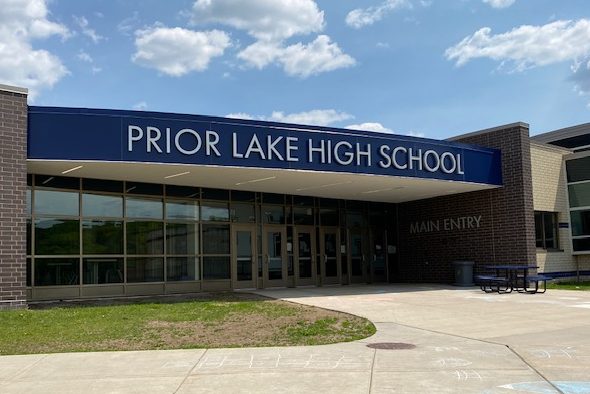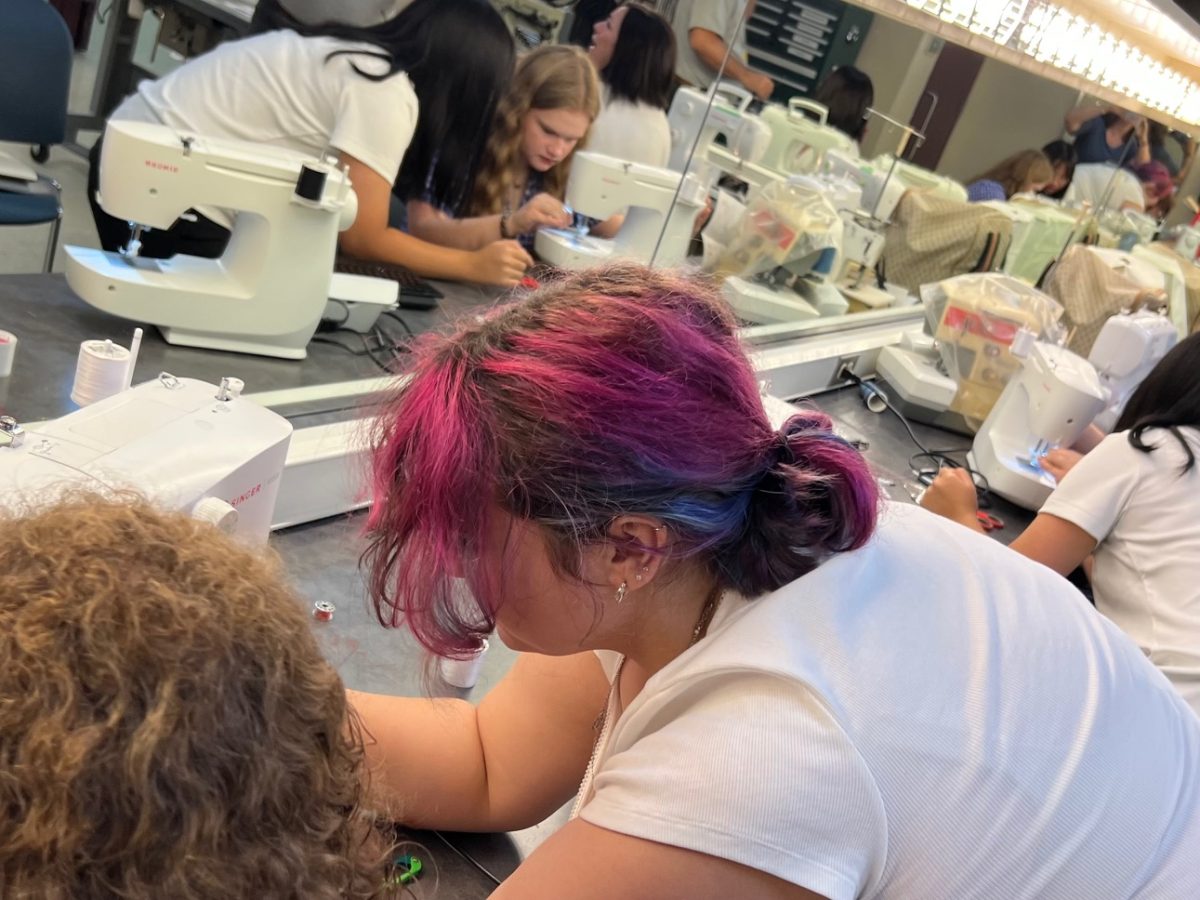Prior Lake-Savage Area Schools needs more transparency in its spending, according to school board hopeful Jon Conlon.

Conlon, chief financial officer and founder of WAEV, a low-speed electric vehicle manufacturer, and Dustin Smith, chief human resources officer at The Arc Minnesota, a nonprofit that provides resources to people with developmental and physical disabilities as well as their families, are vying to fill the seat left vacant by former board member Enrique Velazquez’s 2024 resignation.
Board chair Dan White currently holds the seat after being appointed in 2025. The victor will serve the remainder of the term that will end in January 2027.
Key school issues in the special election have included budget cuts, closures, the loss of experienced professionals and the board’s elimination of the district’s resolution on diversity, equity and inclusion — or DEI.
Early and absentee voting for the school board race has already begun, with residents able to submit their ballot before the Nov. 4 election at Prior Lake City Hall weekdays between 8 a.m. and 4:30 p.m.
As part of its ongoing coverage of the Prior Lake-Savage Area Schools board race, the Prior Lake News Compass asked both Conlon and Smith to fill out a candidate questionnaire by 5 p.m. Oct. 5. The questions, as well as Conlon’s responses, are below. Smith’s responses can be found here.
1. Introduce yourself to our readers, i.e., length of time you have lived here, family, education, career, reasons for running for the school board and anything else our readers should know about you.
My wife and I have lived in Prior Lake for 15 years and have three kids currently in the district. Professionally, I’ve spent 20 years in finance and serve as CFO for an electric vehicle manufacturer. My priorities are academic excellence and fiscal responsibility. Our math and reading proficiency scores are too low, and we can better concentrate spending on supporting educators. I believe we can deliver strong academics while being financially accountable. Our district must focus resources on classrooms and build a right-sized levy the community can understand and rally behind.
2. What is your assessment of the decisions made recently by the current board related to the sale of the District Services Center, closing WestWood as a neighborhood school and other major budget cuts approved in recent months?
It was necessary to right-size the capacity of our schools and facilities to align with current and projected enrollment. The reality is that our district doesn’t have the student population to fill every building, and that’s a challenge many growing suburbs now face. The decision to sell the District Services Center and close WestWood was difficult but practical. Going forward, we need to ensure these choices are supported by clear data, strong communication and a long-term facilities plan that prioritizes stability for students, staff and families.
3. Many school districts across the state face similar financial struggles, and more challenges are expected in the future should current funding measures remain unchanged. If more cuts are needed in the next few years, what additional initiatives would you support in order to achieve a balanced budget?
We need to start with transparency, clearly showing where every dollar goes. I’d prioritize administrative and non-instructional efficiencies before impacting classrooms. Exploring partnerships with local businesses and private fundraising for extracurriculars can help preserve programs. At the same time, the district must rebuild trust through clear financial reporting so families understand how decisions are made. A balanced budget can’t come at the cost of student achievement.
4. The current school board voted earlier this year to eliminate its resolution in support of equity and inclusion. Some district residents and several current board members expressed considerable opposition to that decision. Do you agree or disagree with the final decision and why?
I believe every student should feel valued and supported, and that begins with focusing on academic opportunity for all. While I understand the differing views around the former resolution, I support the work our community has done to shape our district’s strategic plan and the shared values that came from it. We can promote belonging and respect through actions, making sure every student has access to great teachers, safe schools and the tools to succeed. For me, that’s what equity really means, supporting all students to reach their full potential.
5. Several administrative leaders have chosen to leave the district’s employment in 2025. What should PLSAS be doing to attract and keep the best talent?
I’ve had the chance to work with and learn from several district leaders, including (former executive director of academic services Tammy) Fredrickson, whose retirement follows years of dedicated service I greatly appreciated while on the finance committee. I also recognize that some departures stem from (PLSAS superintendent) Dr. Thomas’s commitment to supporting advancement opportunities, which is a positive reflection of our culture. I’m encouraged by the new leadership I’ve met and the expertise and passion they bring. To retain great people, we need to continue fostering trust, collaboration and a shared focus on student success.
6. Why are you the best candidate to serve on the PLSAS board?
As a dad of three students and a finance leader, I bring both personal investment and professional expertise. I understand how to balance a budget, lead teams and make tough decisions with transparency. I’ll bring a steady hand to ensure spending aligns with student outcomes. My goal is simple: academic excellence, fiscal responsibility and a community that can be proud of its schools again.
Seth A. Richardson is interim editor of the Prior Lake News Compass.
